Daphne Walker
South Sea Rhythm was a magical title for New Zealand’s first pop album, and its star vocalist was Daphne Walker, a woman whose voice just oozed romance.
The 1956 album – just a 10-inch disc – was actually a compilation of songs released as 78rpm discs for Tanza by Bill Wolfgramm and His Islanders. But Walker received co-billing for this South Pacific fantasy. Her singing, wrote Nick Bollinger in 2009, “evokes both the easy warmth of the islands and the glamour of a Hollywood diva.”
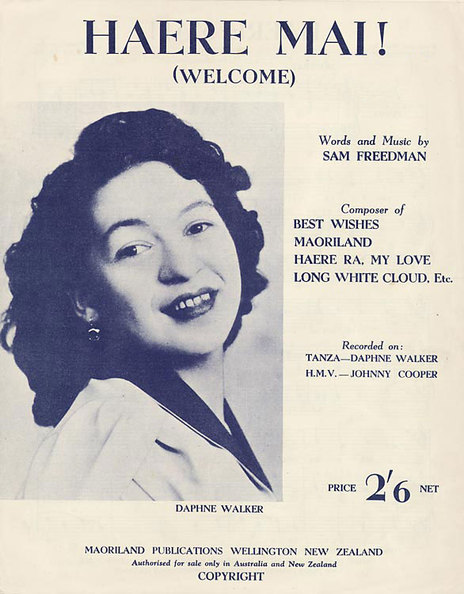
The original sheet music for Haere Mai, written by Sam Freedman. In an era where sheet music sales were as important as record sales this was the equivalent of a smash hit, selling a huge number of copies in the 1950s.
Photo credit:
Chris Bourke collection
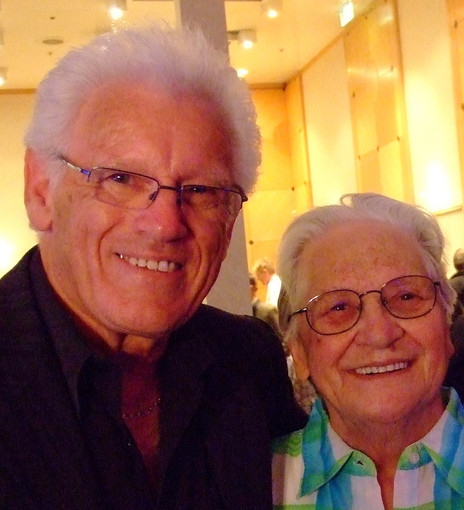
Gray and Daphne Walker, 2014.
Photo credit:
Gray Bartlett collection
Manaonao Vau Ia Oe - from Daphne Walker Sings in Hawaiian
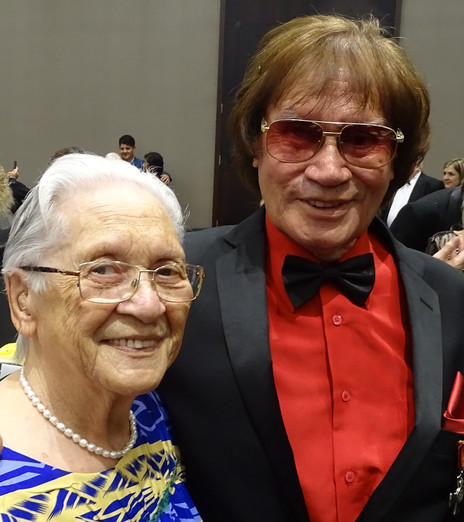
Daphne Walker and Eddie Low at the 2019 VAC Benny Awards.
Photo credit:
Michael Colonna
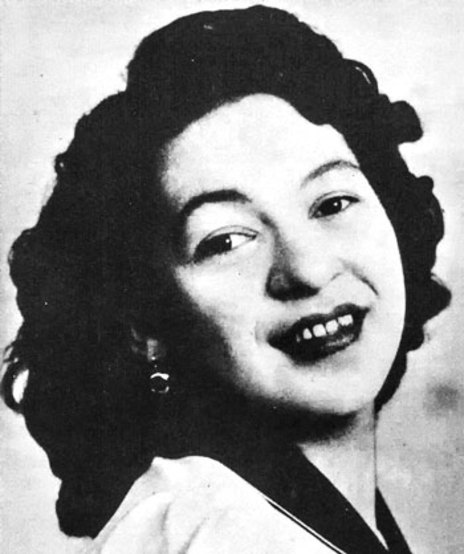
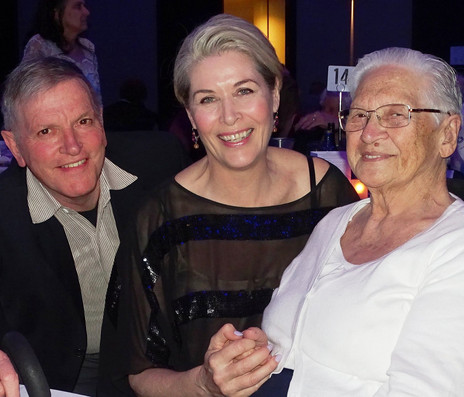
Arthur Baysting with Jennifer Ward-Lealand and Daphne Walker, October 2018.
Photo credit:
Michael Colonna
Kapuana
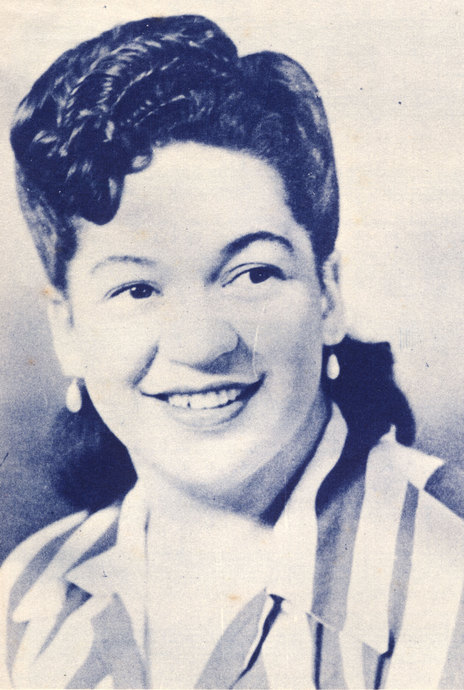
Daphne Walker
Photo credit:
Chris Bourke collection
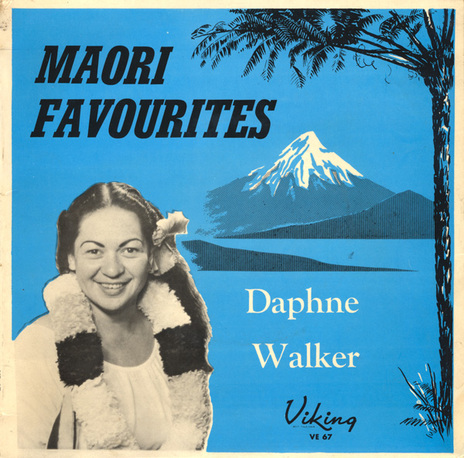
1960 Viking Records EP with George Tumahai and Bill Sevesi And The Islanders
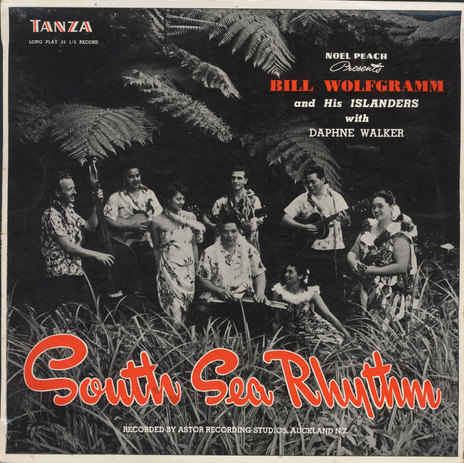
The 1956 South Seas Rhythm album from Bill Wolfgramm and His Islanders with Daphne Walker was the first long-player released by a New Zealand artist. Side one was instrumental, featuring just Bill Wolfgramm's band, whilst the second side was vocal.
Photo credit:
Chris Bourke collection
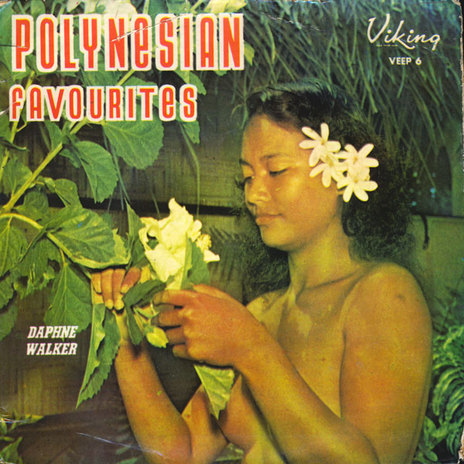
1959 Viking Records EP with George Tumahai, Daphne Walker, and Bill Sevesi And The Islanders
Discography

